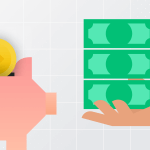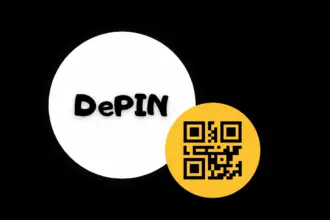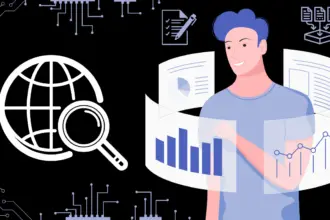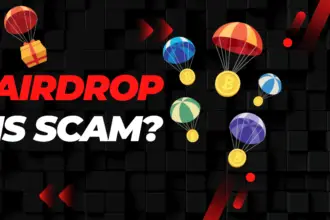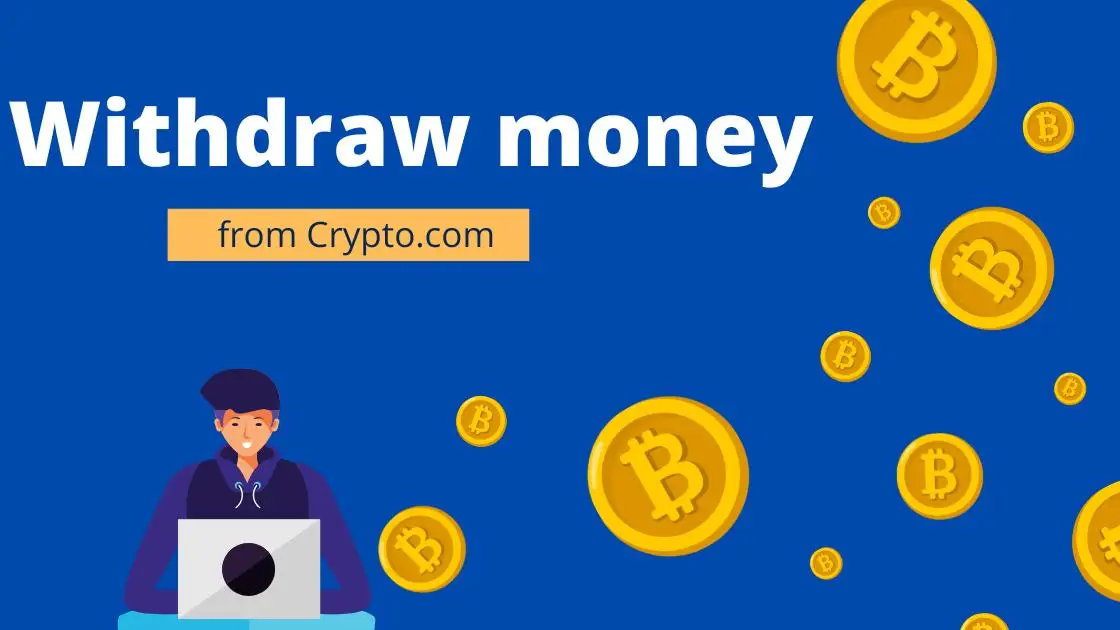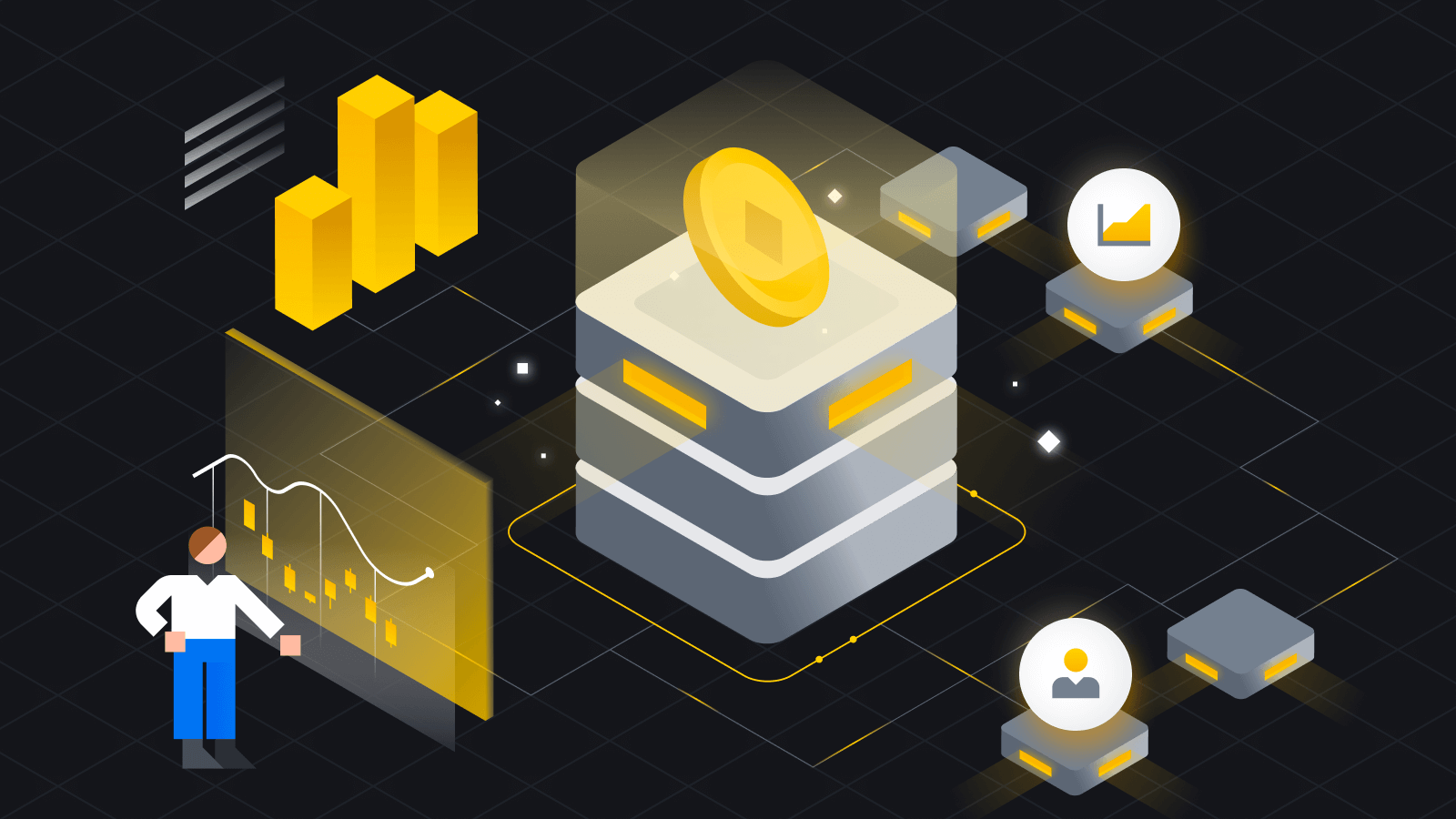
Introduction to tokenomics
Tokenomics is the term that refers to analyzing the economic aspects of a crypto project, such as the white paper, founding team, and community. Some things to keep in mind are sustainability in long-term development and designing tokenomics.
What is tokenomics, and how does it work
A token is a digital object that an organization makes available to the public through a variety of mechanisms as well as an associated set of rules. Tokenomics governs how a company makes decisions about releasing and managing its tokens. In contrast with fiat currencies, tokenomics is implemented by code, is transparent, predictable, and difficult to change.
Bitcoins come in a set amount. Each bitcoin given to miners as a “reward” is distributed every 10 minutes or so.
Every 210,000 blocks (4 years), the block subsidy is halved. This started with 50 BTC and has been halved to 12.5 and 6.25 BTC currently.
As there are 6.25 bitcoins awarded every 10 minutes, it is easy to calculate that 328,500 bitcoins will be mined in 2022. The last Bitcoin will be mined around the year 2140.
With Bitcoin, there are transaction fees. This fee goes to the miners–and it increases when there is an increase in the size of a transaction or network congestion. This helps prevent spam transactions and incentivizes miners to keep processing bitcoin transactions even as block subsidies (which are used to reduce this fee) diminish.
The tokenomics of Bitcoin is simple and ingenious. The network rewards participants and is transparent and predictable. The incentives surrounding Bitcoin keep the network robust, creating a cryptocurrency with value.
Tokenomics is explained in a simple manner.
As a catch-all for factors that influence a cryptocurrency’s value, the term “tokenomics” refers to the structure that is designed by its creators. There are many factors in this economic model, but some of them are the most important and need to be thought about.
Why your token’s supply matters
Supply and demand impact the prices of goods and services – the same is true for crypto. There are several critical metrics measuring a token’s supply.
Every cryptocurrency has a maximum supply. For example, Bitcoin will only have 21 million coins, while Litecoin will have 84 million and BNB will have 200 million.
Blockchain-based coins with a set number of tokens theoretically have no maximum supply limit. This is because they are issued based on the reserves backing them up.
The second is supply, the number of tokens in circulation. Some people get rid of their tokens by burning or locking up their resources. This has an effect on the price of the token.
Looking at the number of tokens in circulation gives you a good idea of the number of tokens there is.
A Discussion on Token Utility
The utility of BNB tokens is to be used on various products within the ecosystem. In addition, they are also used in order to power the BNB Chain or deduct fees when trading on the BNB Chain.
There are various use cases for tokens, the most common uses being voting rights, currency, and financial assets. For example, a company could create and issue security tokens during an Initial Coin Offering that would grant investors ownership rights in the company.
Determining use cases for tokens is important to understand how the token economy is likely to evolve. These factors can help you determine potential use cases for tokens.
What distribution of tokens means and when it matters
Aside from supply and demand and how tokens are distributed, it’s important to consider who is holding the token. The types of organizations or individual investors owning a token can impact how they might behave with it, which will, in turn, affect the currency’s value.
One level of token distribution is pre-mining, where the tokens are issued to a smaller group of individuals. An example of this type is Bitcoin and Dogecoin. The other option is using a fair launch, which distributes tokens to the public when they are released.
On the other hand, Ethereum and BNB had their tokens distributed and then offered to the public.
You want to pay attention to the distribution of tokens, with a few large organizations holding too much at one time, which is inherently risky.
A lock-up and release schedule will show you if the number of tokens put into circulation will drive the token’s value down.
Tokenomics: Why Token Destruction Matters
Why some crypto projects burn tokens
BNB adopts coin-burning to reduce the token supply and increase scarcity. BNB’s total supply is reduced from 200 million to 100 million as coins are being destroyed, but it can be increased by 1% every year.
Token supply controls whether a token is deflationary (token supply reduces) or inflationary (token supply expands).
The Incentive Mechanisms That Drive Tokenomics
The incentive of a token is crucial. Incentives are necessary to maintain long-term sustainability. Bitcoin uses a perfect model for doing this.
When validators lock tokens, they can then be chosen as validators and receive rewards complying with the Proof of Stake. With this design, if the participant tries to harm the network, their own asset is at risk. This design incentivizes participants to act in a trustworthy manner and keeps the protocol robust.
The Compound Defi project has used innovative incentive mechanisms in order to achieve rapid growth. Investors can deposit their cryptocurrency in the Compound Protocol, collect interest and receive COMP tokens as a reward for doing so. Moreover, COMP tokens function as governance tokens for the Compound Protocol. These design choices align the interests of all participants with that of the Compound Protocol’s long-term prospects.
What’s the future for tokenomics?
Bitcoin’s tokenomics model has lasted the test of time, it is still the standard for tokenomics models. Some other token comic models have failed, and those that had poorer designs failed.
Non-fungible tokens (NFTs) give an alternative economic model based on digital scarcity. The tokenization of traditional assets can generate new insights into economics in the future.
Closing thoughts
Tokenomics is important to consider when looking into investing in the cryptocurrency market. Factors such as release and resale of tokens, price stability, and block rewards all play a key role in determining the project’s future prospects, which determine the token’s price. Mutual agreement of these factors will help you make a decision on investment.
The economics of a token has a big effect on how it will be used. The easy and economic access to the token will affect its use within a network.


